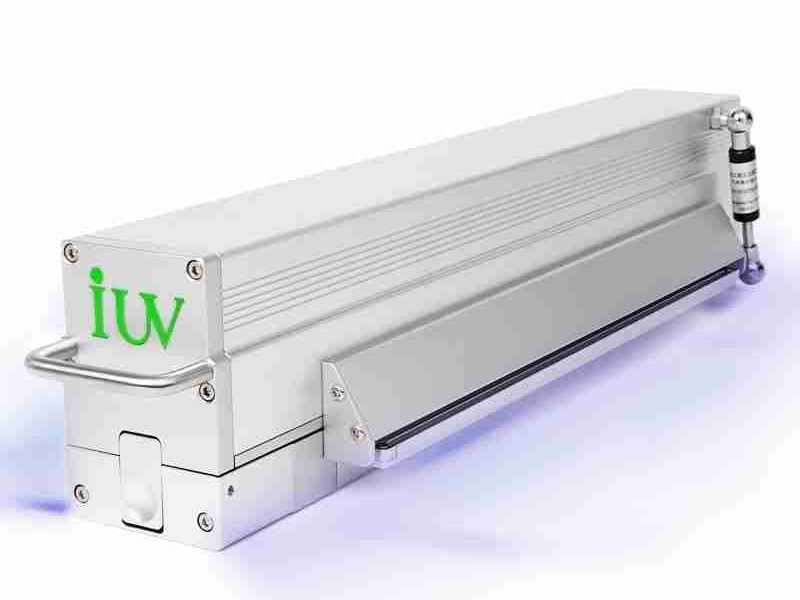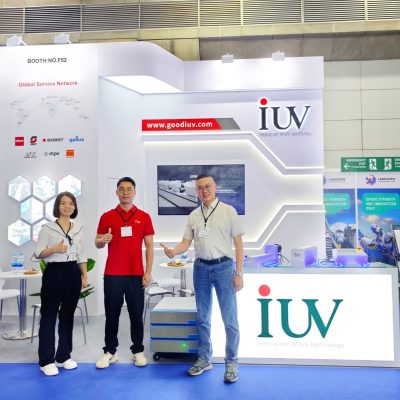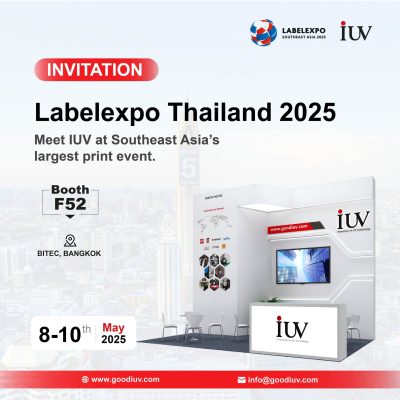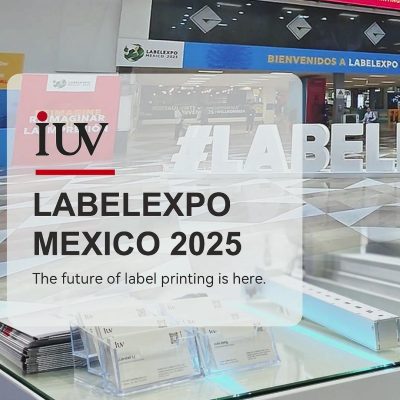What is UV Light Curing System?
UV light curing systems represent a groundbreaking advancement in material processing technology, transforming how industries cure adhesives, coatings, inks, and other materials. This article explores the fundamentals of UV light curing systems, their components, advantages, and applications across various industries.
How UV Light Curing Systems Work?
At their core, UV curing systems generate UV light at specific wavelengths that initiate photopolymerization reactions in compatible materials. When these materials are exposed to the UV light, they transform from a liquid or paste state into a solid, durable finish within milliseconds. This rapid curing process eliminates traditional drying methods that rely on heat or evaporation, significantly reducing production time and energy consumption.

Components of a UV Light Curing System

A complete UV curing system typically consists of several key components:
UV Light Source
The heart of any UV curing system consists of UV light sources, which can be UV LEDs or traditional mercury lamps. UV LEDs are solid-state semiconductor devices that convert electrical energy directly into ultraviolet light, offering numerous advantages including long service life, significant energy savings, no heat radiation, compact size, and environmental friendliness.
Cooling System
Effective thermal management is crucial for maintaining performance and longevity. Most UV curing systems employ cooling systems to prevent overheating of components and maintain optimal operating temperatures.
Power Supply
The power supply unit delivers the necessary electrical power to the UV light source while maintaining precise control over voltage and current.
Control System
Modern UV curing systems incorporate sophisticated control systems that manage various aspects of operation, including automatic sensing technology, remote monitoring, intelligent automation, and diagnostic capabilities.
Benefits of UV Light Curing Systems
Energieffektivitetsövervägande
UV-LED curing systems consume significantly less energy than traditional mercury UV lamps, with power consumption as low as 10% of mercury lamps, resulting in substantial energy savings.
Environmental Sustainability
UV curing produces minimal volatile organic compounds (VOCs) and requires no mercury, aligning with environmental regulations and consumer preferences for eco-friendly products.
Operational Efficiency
The rapid curing process allows for faster production cycles, reduced downtime, and increased throughput. The systems’ longevity and low maintenance requirements further enhance operational efficiency.
Kostnadsbesparingar
Businesses implementing UV curing systems benefit from reduced energy costs, lower maintenance expenses, and decreased material waste. The systems typically offer significant return on investment through these combined savings.
Applications of UV Light Curing Systems
Tryckeribranschen
UV curing enables fast and efficient curing of inks, coatings, and adhesives, ensuring high-quality prints and durable packaging materials.
Electronics Manufacturing
UV curing is essential in the production of printed circuit boards, conformal coatings, and encapsulation materials, ensuring reliable and high-performance electronic components.
Automotive Industry
UV curing is used for curing clear coats, primers, and other protective coatings, providing durable and scratch-resistant finishes for automobiles.
Medical Device Manufacturing
UV curing plays a crucial role in the manufacturing of medical devices, ensuring the reliable curing of biocompatible coatings and adhesives.
Future Outlook
As technology continues to advance, UV curing systems are expected to become even more sophisticated, with enhanced automation, integration of artificial intelligence, and expanded substrate compatibility. The collaboration between JD Press and IUV positions them as key players in shaping the future of label and packaging printing.
UV light curing systems represent a significant advancement in material processing technology, combining speed, efficiency, and environmental sustainability. By understanding their components and capabilities, businesses can leverage these systems to enhance their production processes and remain competitive in today’s demanding marketplace.
Contact IUV LED UV Experts






